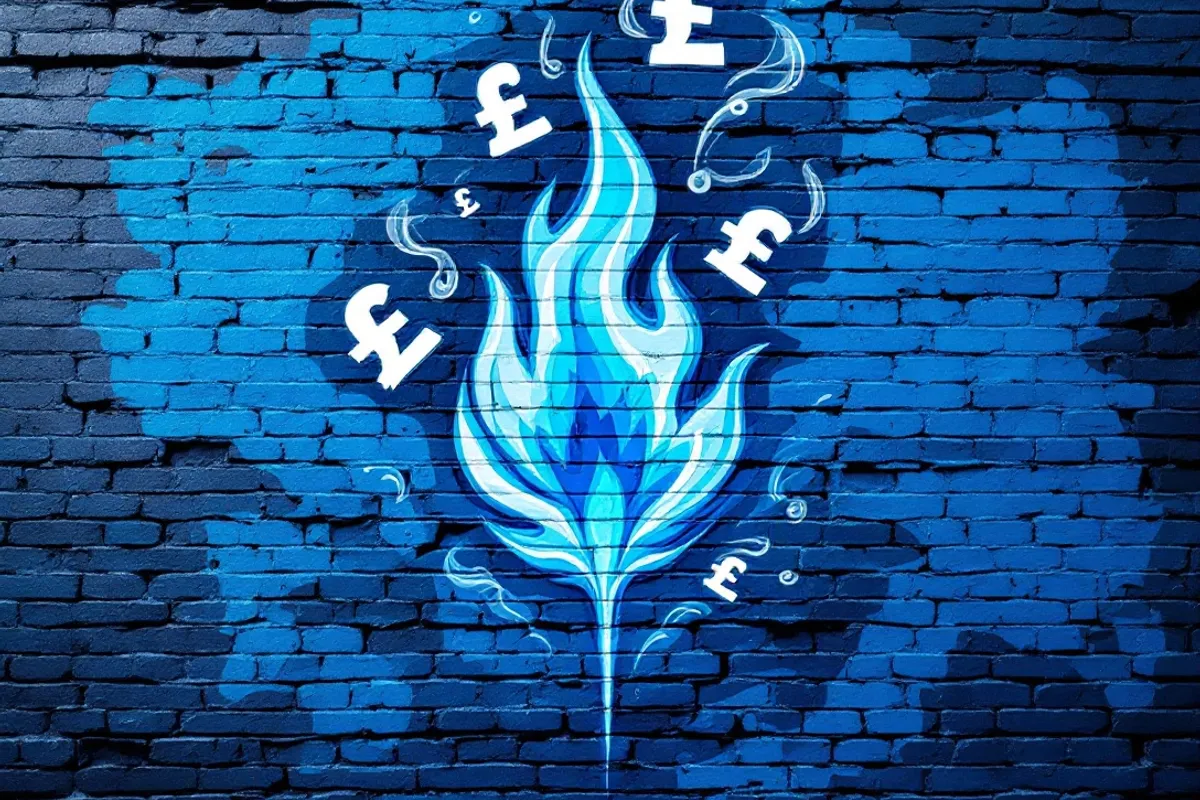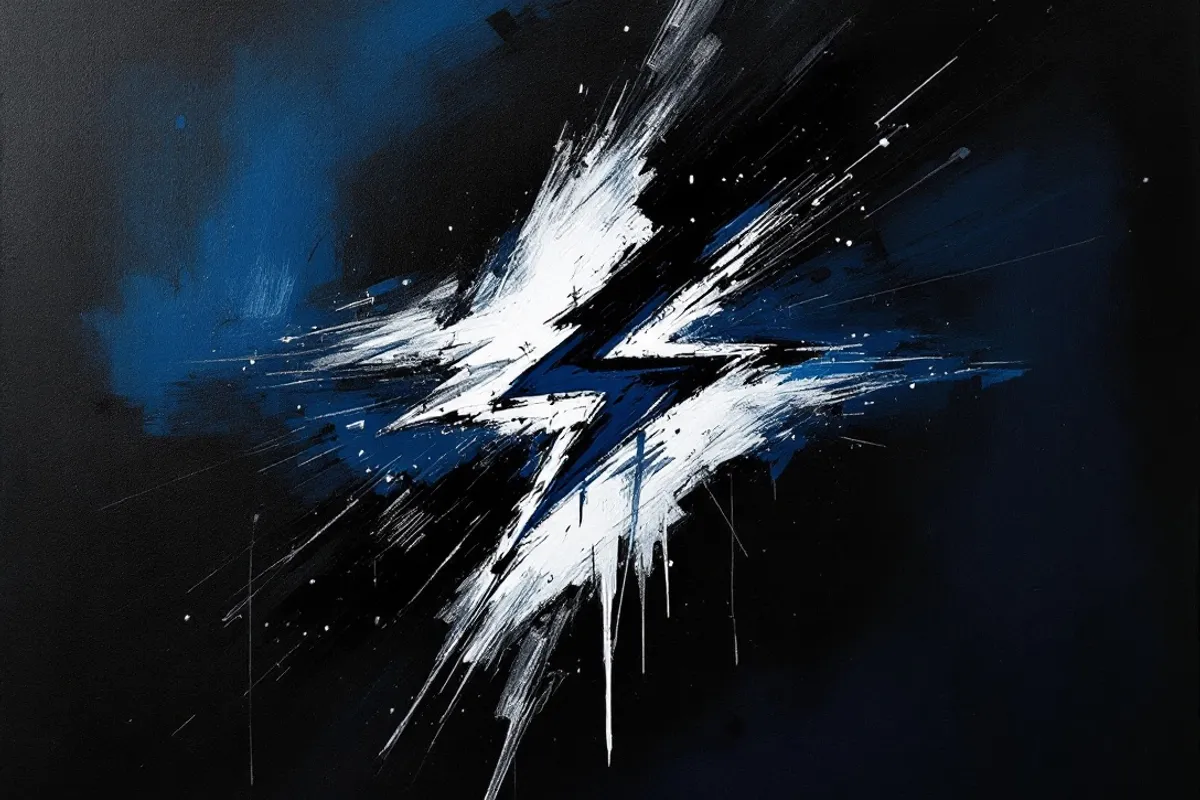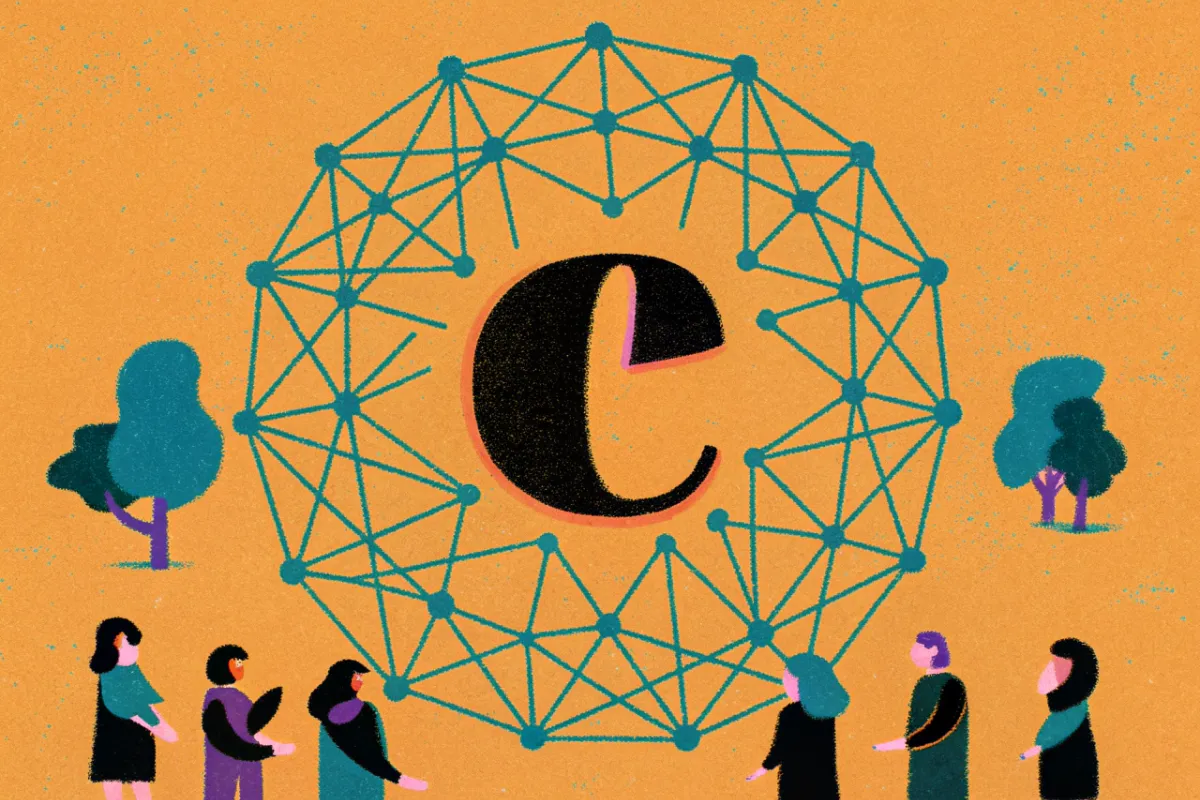Be More Devious

Be More Devious
After forty-seven startup projects, I finally admitted what I'd been avoiding for years: I was addicted to starting ventures. Not just any ventures – elaborate, technically impressive, and utterly unvalidated ones that consistently led nowhere.
The Serial Starter's Dilemma
xychart-beta
title "Project Launches vs. Success Rate (2015-2020)"
x-axis [2015, 2016, 2017, 2018, 2019, 2020]
y-axis "Count" 0 --> 12
bar [8, 11, 9, 7, 8, 4]
line [1, 0, 1, 0, 0, 0]
Forty-seven projects. Each one started with boundless enthusiasm and ended with a whimper. From AI-powered dating apps to blockchain-based social networks, my GitHub repository had become a digital graveyard of half-finished dreams.
When COVID Forces Introspection
March 2020 arrived like a record scratch in life's soundtrack. Locked down in my parents' rural Welsh home, surrounded by nothing but sheep and hills, I joined the ranks of entrepreneurs grappling with unprecedented isolation. Global studies showed a 25% surge in anxiety and depression during that first year – a statistic that felt painfully personal as I faced my own demons without the usual distractions of coffee shop meetings and conferences.
The Pattern Emerges
| Project Phase | Average Time Spent | Success Rate |
|---|---|---|
| Initial Excitement | 2 weeks | 100% |
| Technical Build | 3 months | 85% |
| Market Research | 2 days | 15% |
| Launch | 1 week | 5% |
| Maintenance | 2 weeks | 2% |
The numbers didn't lie. I'd become extraordinarily efficient at building products nobody wanted. My technical skills had become a shield, protecting me from the scarier aspects of entrepreneurship – actually talking to customers.
Writing as Therapy
One particularly dark evening, after abandoning project number forty-seven (a "revolutionary" task management system), I opened a new document and typed: "Chapter 1: How to Be More Devious." It was meant to be a joke – a tongue-in-cheek guide to all the ways I'd cleverly sabotaged myself.
But something clicked.
The Art of Strategic Thinking
As the manuscript grew, so did my understanding. Each chapter forced me to confront my patterns:
- The "Technical Perfectionist's Trap"
- The "Launch and Run" syndrome
- The "If I Build It, They Will Come" fallacy
What started as self-deprecating therapy evolved into a genuine exploration of strategic thinking. Being "devious" wasn't about manipulation – it was about being clever enough to validate ideas before building them.
Friends Don't Let Friends Launch Blind
Sharing early chapters with fellow entrepreneurs proved illuminating. Their responses ranged from uncomfortable recognition to outright laughter, but one comment stuck: "Mate, you've written the anti-startup book we all needed."
From Author to Advisor
The book's completion coincided with an unexpected shift. Companies began approaching me not for technical solutions, but for strategic guidance. They'd read the manuscript and recognized something valuable – someone who'd made every possible mistake and lived to analyze them.
Looking Toward 2025
Now, as I approach 2025 with a newfound perspective, the landscape looks different. The serial starter hasn't disappeared entirely – he's just learned to channel his enthusiasm through a more strategic lens.
Three key realizations shape my path forward:
- Innovation without validation is just expensive hobby
- Strategy without execution is just philosophy
- Success without self-awareness is just luck
Full Circle
Writing "Be More Devious" didn't cure my startup addiction – it transformed it. Each new project now begins with a question rather than a solution. Each line of code follows customer conversations rather than precedes them.
In our rush to build the next big thing, we often forget to build the most important thing – self-awareness. And sometimes, it takes a global pandemic and a slightly satirical book to figure that out.














